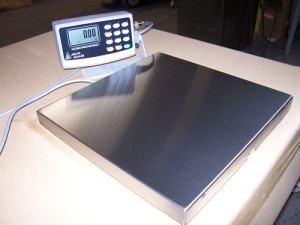Liquefied gases play a crucial role in various industrial processes. Cryogenic applications often require liquefied nitrogen and other gases. Liquefied carbon dioxide finds application in the production of chemicals, manufacturing fertilizers, plastics, rubber, fire extinguisher systems, carbonating soft drinks, and numerous other uses. In the semiconductor industry, different liquefied gases are utilized for wafer processing and other applications. The welding industry also heavily relies on liquefied gases. However, it is essential to monitor the gas levels in the tanks to ensure safety and efficiency.
Traditionally, pressure measurement has been the standard method for monitoring gas levels. However, this method becomes ineffective when dealing with liquefied gases since the pressure remains constant until almost all the gas has been used. Only when the liquid has completely evaporated into gas does the pressure drop, indicating that the gas is nearly depleted. To accurately determine the quantity of gas in the tank, weighing becomes the most suitable method. By knowing the weight of the empty tank, it is easy to calculate the weight of its contents. Weighing can be applied during both the filling and dispensing processes.
Gas cylinder scales, such as the robust 620G Series from Arlyn Scales, offer several characteristics that enhance their usability, durability, and accuracy. The primary quality lies in the load sensor’s ruggedness, as these scales experience high forces during the loading and unloading of cylinders. Ordinary load cells can be easily damaged under such conditions. Gas cylinder scales should employ special load cells made of stainless steel alloy, which provides a higher modulus of elasticity to withstand shock loading. Additionally, the load cell should be wide to resist twisting forces caused by high side loads when tilting the cylinder. A low-profile load cell simplifies the loading and unloading process. The scale itself should have a low height and a pocket machined to accommodate the load cell, achieving a construction height of approximately 1 inch.
Various output options are useful for monitoring cylinders. The 4 to 20 mA output signal is an industrial standard frequently connected to other process or recording equipment. Alternatively, a digital RS-232 signal or a USB interface can be utilized. Programmable set points enable control and alarms during filling operations. When the target weight is reached, a signal can be sent to shut off a valve, or activate buzzers and lights to notify the operator. Similarly, set points can be programmed to alert low tank contents or empty states. Connecting the scale to the internet allows remote monitoring from any location. The scale can transmit weight data at designated intervals, which can be stored in a database for later analysis or downloaded into a spreadsheet.
By employing advanced gas cylinder scales with durable load cells and versatile output options, industries can ensure efficient monitoring of liquefied gas levels, promoting safety and productivity in their operations.


